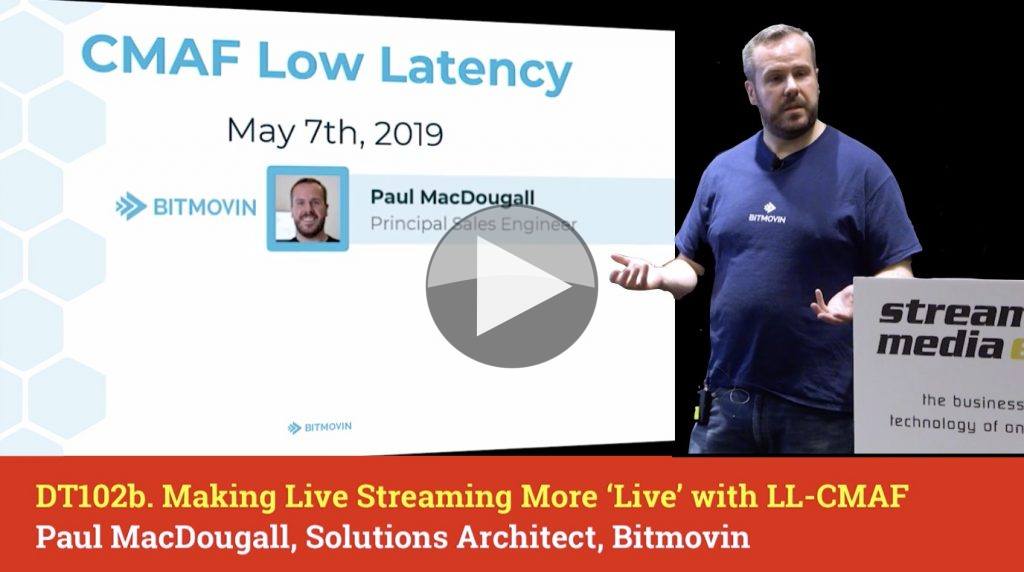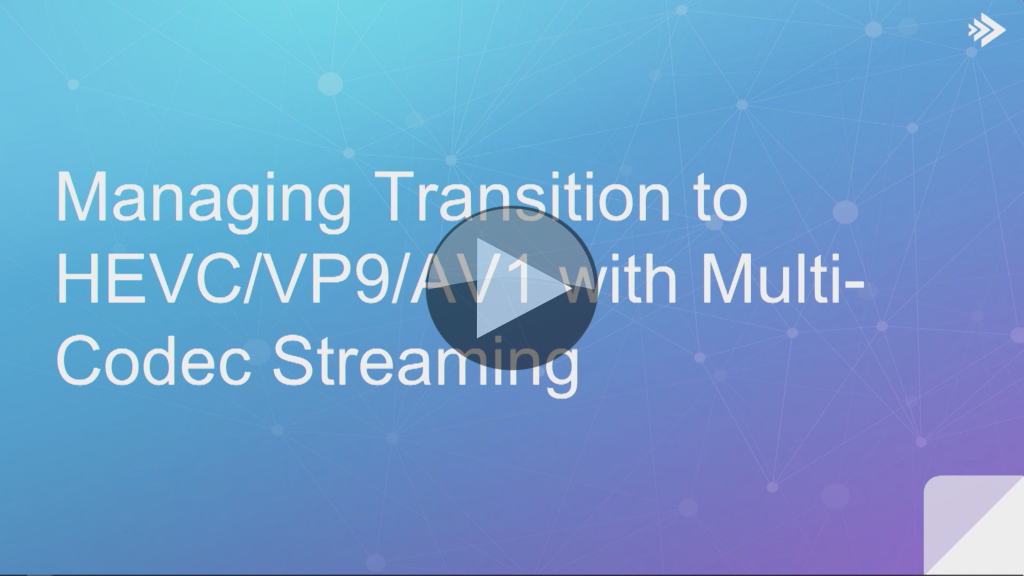Released in 2018, AV1 had been a little over two years in the making at the Alliance of Open Media founded by industry giants including Google, Amazon, Mozilla, Netflix. Since then work has continued to optimise the toolset to bring both encoding and decoding down to real-world levels.
This talk brings together AOM members Mozilla, Netflix, Vimeo and Bitmovin to discus where AV1’s up to and to answer questions from the audience. After some introductions, the conversation turns to 8K. The Olympics are the broadcast industry’s main driver for 8K at the moment, though it’s clear that Japan and other territories aim to follow through with further deployments and uses.
“AV1 is the 8K codec of choice”
It’s not all about resolution, however, points out Paul MacDougall from BitMovin. Resolution can be useful, for instance in animations. For animated content, resolution is worth having because it accentuates the lines which add intelligibility to the picture. For some content, with many similar textures, grass, for instance, then quality through bitrate may be more useful than adding resolution. Vittorio Giovara from Vimeo agrees, pointing out that viewer experience is a combination of many factors. Though it’s trivial to say that a high-resolution screen of unintended black makes for a bad experience, it is a great reminder of things that matter. Less obviously, Vittorio highlights the three pillars of spatial, temporal and spectral quality. Temporal refers to upping the bitrate, spatial is, indeed, the resolution and spectral refers to bit-depth and colour-depth know as HDR and Wide Colour Gamut (WCG).
Nathan Egge from Mozilla acknowledges that in their 2018 code release at NAB, the unoptimized encoder which was claimed by some to be 3000 times slower than HEVC, was ’embarrassing’, but this is the price of developing in the open. The panel discusses the fact that the idea of developing compression is to try out approaches until you find a combination that work well. While you are doing that, it would be a false economy to be constantly optimising. Moreover, Netflix’s Anush Moorthy points out, it’s a different set of skills and, therefore, a different set of people who optimise the algorithms.
Questions fielded by the panel cover whether there are any attempts to put AV1 encoding or decoding into GPU. Power consumption and whether TVs will have hardware or software AV1 decoding. Current in-production AV1 uses and AVC vs VVC (compression benefit Vs. royalty payments).
Watch now!
Speakers
 |
Vittorio Giovara Manager, Engineering – Video Technology Vimeo |
 |
Nathan Egge Video Codec Engineer, Mozilla |
 |
Paul MacDougall Principal Sales Engineer, Bitmovin |
 |
Anush Moorthy Manager, Video and Image Encoding Netflix |
 |
Tim Siglin Founding Executive Director Help Me Stream, USA |





